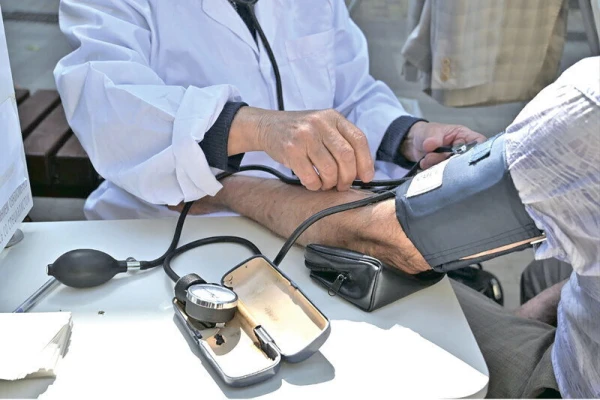
How to Train After 40 to Maintain Youth, Strength, and Health for Years
As we age, cardiovascular exercises become essential for maintaining heart health and lung efficiency.
Reaching the age of 40 does not mean slowing down physical activity. On the contrary, it is a time to reassess your approach to training. From this age, the body undergoes natural changes in muscle mass, bone density, and metabolism. How to stay fit at this age is explained by Until.
A Balanced Formula for Your Body and Mind
Therefore, the goal is not only to stay fit but also to maintain functionality, strength, and long-term health. Experts share how to train effectively after 40 to remain active and full of energy.
In addition to Pilates, which remains an excellent choice for flexibility and posture control, specialists recommend a balanced combination of aerobic exercises, strength training, flexibility work, and practices that improve balance and mobility. This formula not only strengthens the body but also protects the heart, joints, and mind.
A Combination of Cardio and Strength Exercises
As we age, cardiovascular exercises become essential for maintaining heart health and lung efficiency.
Brisk walking, swimming, or cycling are accessible and safe activities that stimulate circulation, reduce stress, and improve overall well-being.
Swimming, in particular, is ideal for those suffering from joint discomfort, as it strengthens the entire body without creating impact stress. Similarly, using an elliptical trainer or stationary bike helps improve endurance with a low risk of injury.
On the other hand, strength training becomes a true ally in the fight against aging. After 40, the natural loss of muscle mass, known as sarcopenia, accelerates. Therefore, incorporating weight-bearing exercises, elastic bands, or even bodyweight exercises is extremely important.
Squats, planks, or push-ups help maintain functional strength and protect bone density. Additionally, functional training that mimics everyday movements improves stability, coordination, and posture.
After 40, the body needs not only movement but also recovery and adaptation. Exercises such as yoga, tai chi, or guided stretches are excellent for improving mobility, flexibility, and balance, as well as reducing stress and strengthening core muscles. Maintaining good balance is crucial for preventing falls and injuries, which is a priority as we age.
Variety in workouts is another important pillar. Therefore, it is highly recommended to alternate cardio, strength, and mobility training to avoid stagnation, improve motivation, and stimulate different systems of the body.
It is also important to include gradual impact exercises, such as light jumps or dancing, to stimulate the formation of new bone tissue and prevent osteoporosis.











